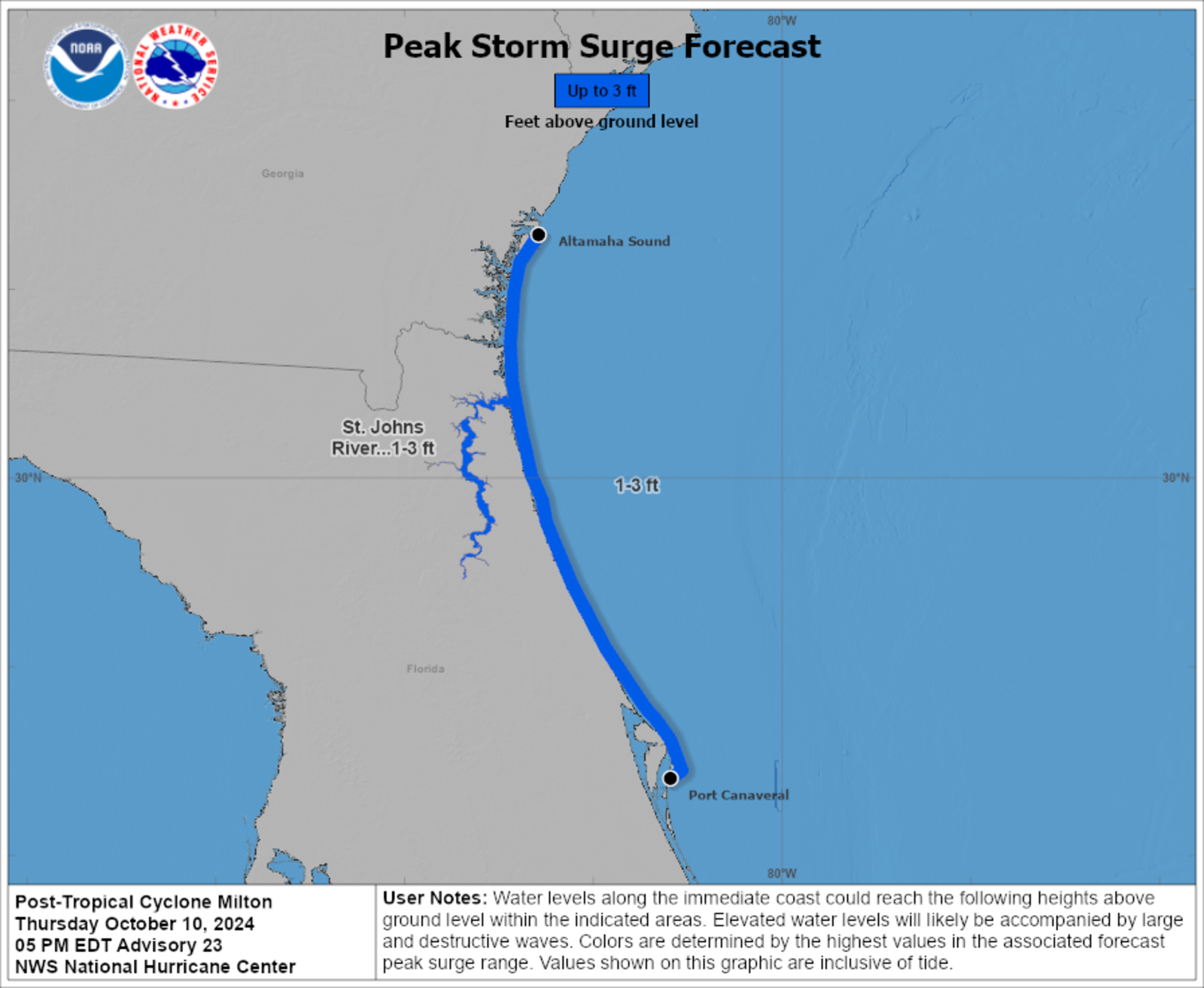

The cross-isobar angle of the diverted ageostrophic flow near the surface ranges from 10° over open water, to 30° over rough hilly terrain, and can increase to 40°-50° over land at night when the wind speed is very low. This is related to the Ekman spiral effect. The shearing of the wind is usually three-dimensional, that is, there is also a change in direction between the 'free' pressure-driven geostrophic wind and the wind close to the ground. When the temperature profile is adiabatic, the wind speed should vary logarithmically with height, Measurements over open terrain in 1961 showed good agreement with the logarithmic fit up to 100 m or so, with near constant average wind speed up through 1000 m.

Īlthough the power law exponent approximation is convenient, it has no theoretical basis. For example, typical values for the predicted gradient height are 457 m for large cities, 366 m for suburbs, 274 m for open terrain, and 213 m for open sea. The height above ground where surface friction has a negligible effect on wind speed is called the "gradient height" and the wind speed above this height is assumed to be a constant called the "gradient wind speed". įor engineering purposes, the wind gradient is modeled as a simple shear exhibiting a vertical velocity profile varying according to a power law with a constant exponential coefficient based on surface type. Over a city or rough terrain, the wind gradient effect could cause a reduction of 40% to 50% of the geostrophic wind speed aloft while over open water or ice, the reduction may be only 20% to 30%.

Because of the relatively smooth water surface, wind speeds do not decrease as much close to the sea as they do on land. Rough, irregular ground, and man-made obstructions on the ground, retard movement of the air near the surface, reducing wind velocity. Wind velocity profiles are quite different for different terrain types. The reduction in velocity near the surface is a function of surface roughness. This turbulence causes vertical mixing between the air moving horizontally at various levels, which has an effect on the dispersion of pollutants, dust and airborne sand and soil particles. Flow near the surface encounters obstacles that reduce the wind speed, and introduce random vertical and horizontal velocity components at right angles to the main direction of flow. Wind speed increases with increasing height above the ground, starting from zero due to the no-slip condition. Typically, due to aerodynamic drag, there is a wind gradient in the wind flow, especially in the first few hundred meters above the Earth's surface-the surface layer of the planetary boundary layer. See also: Ekman layer, Ekman spiral, Planetary boundary layer, and Surface layer


 0 kommentar(er)
0 kommentar(er)
